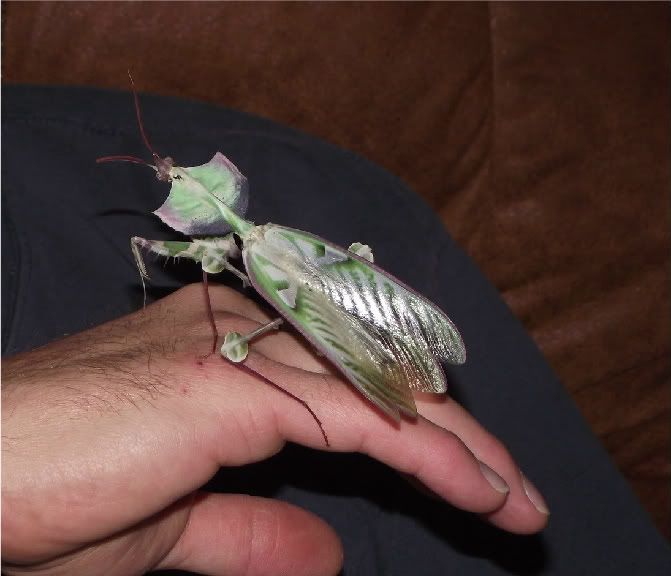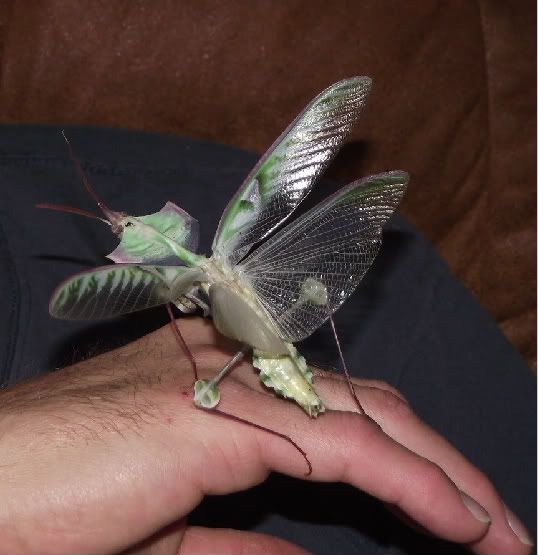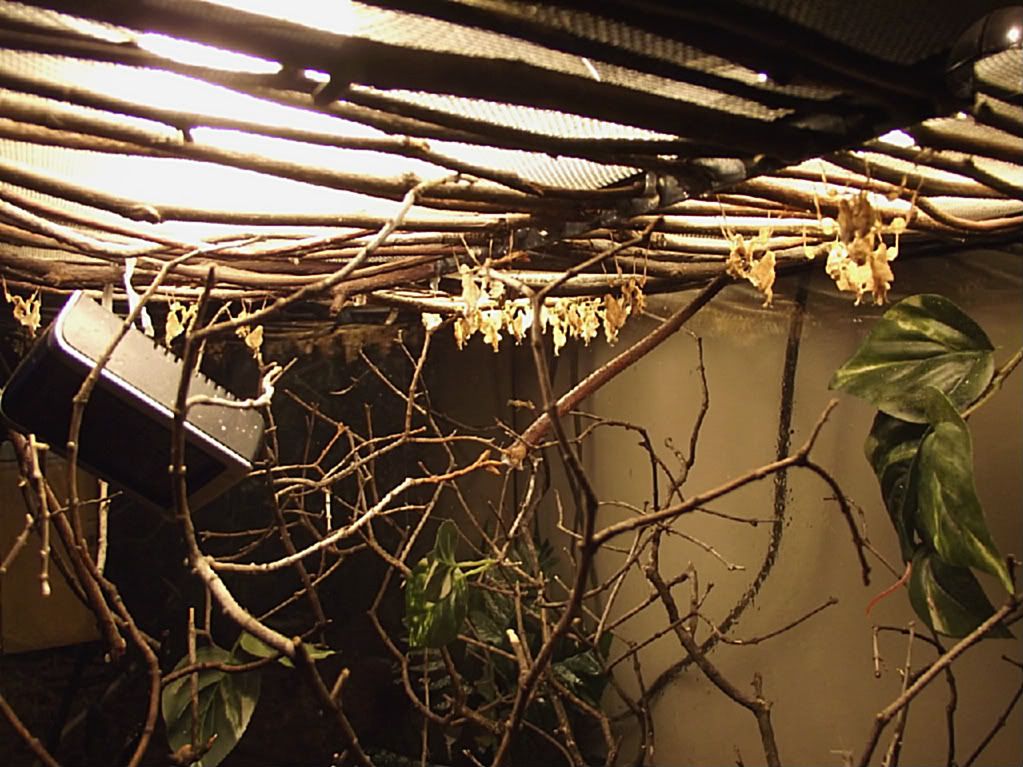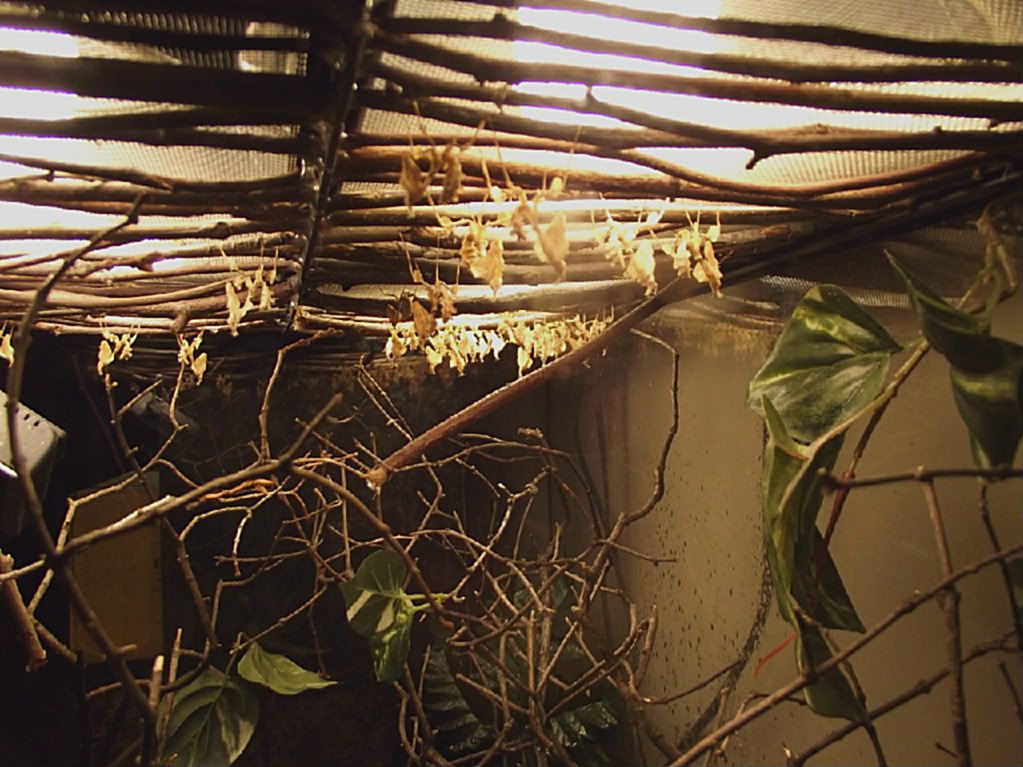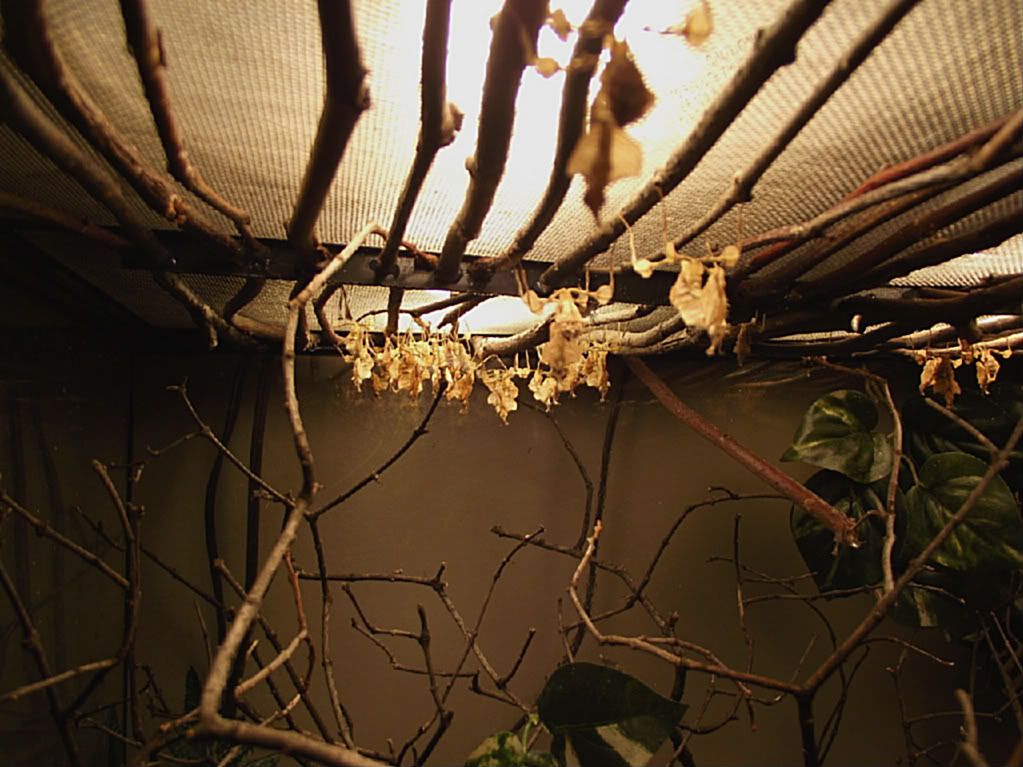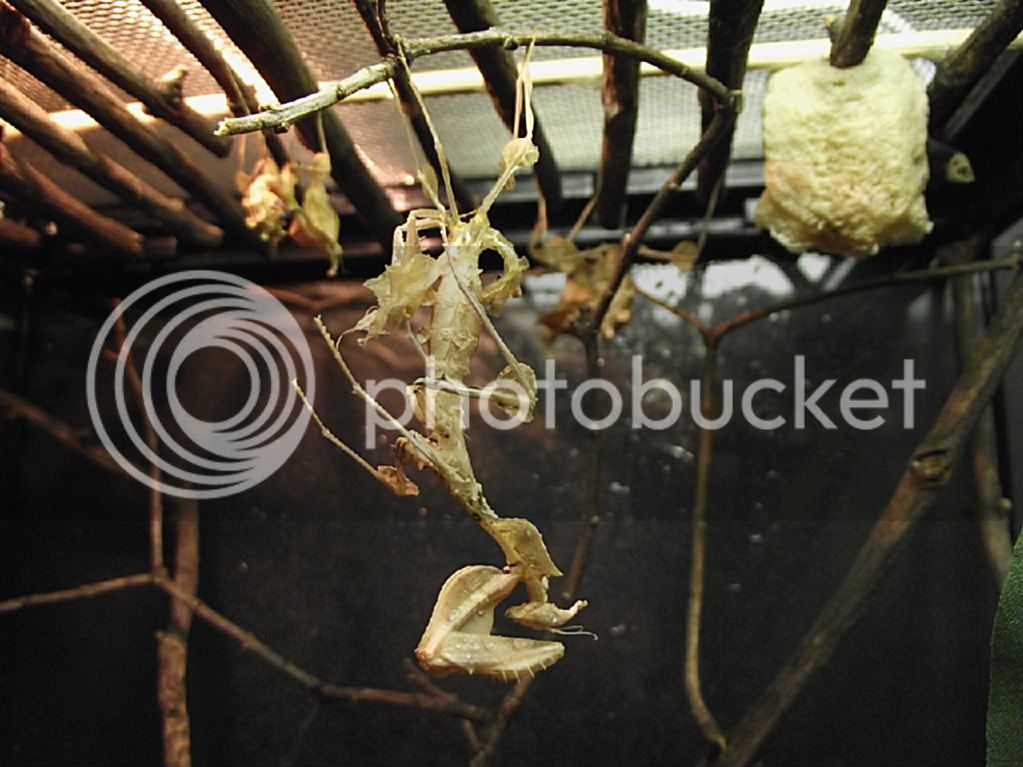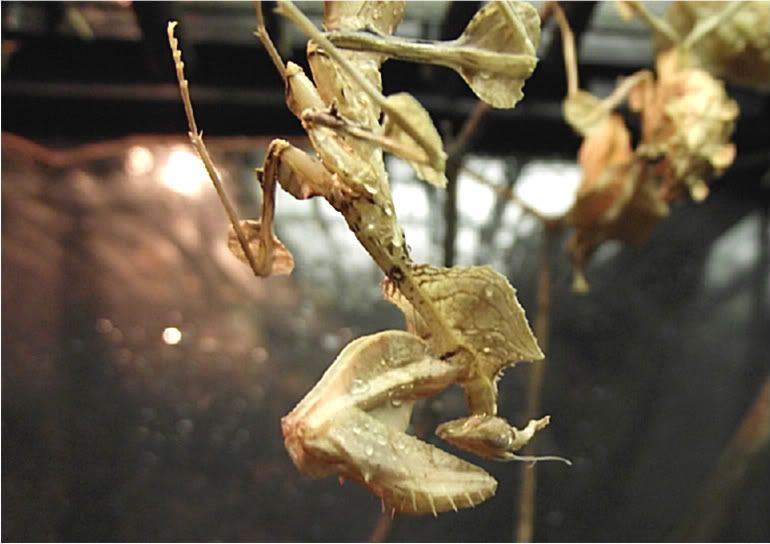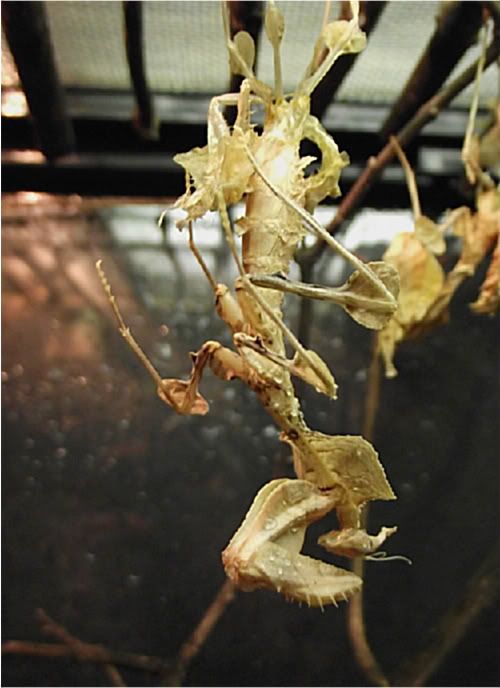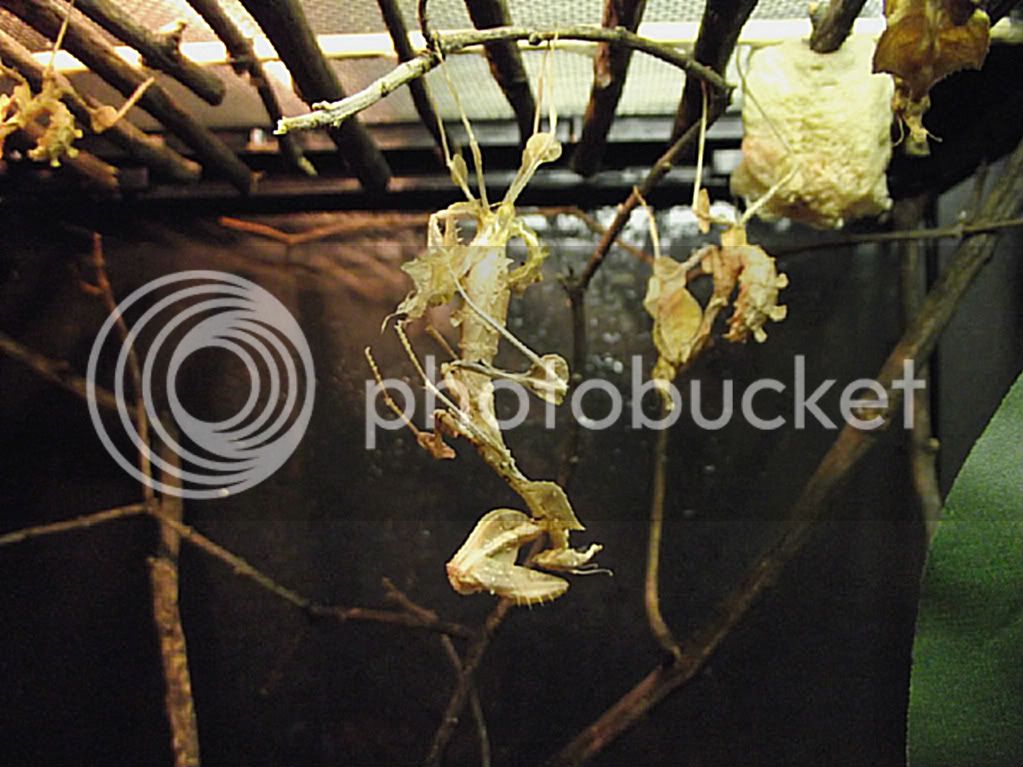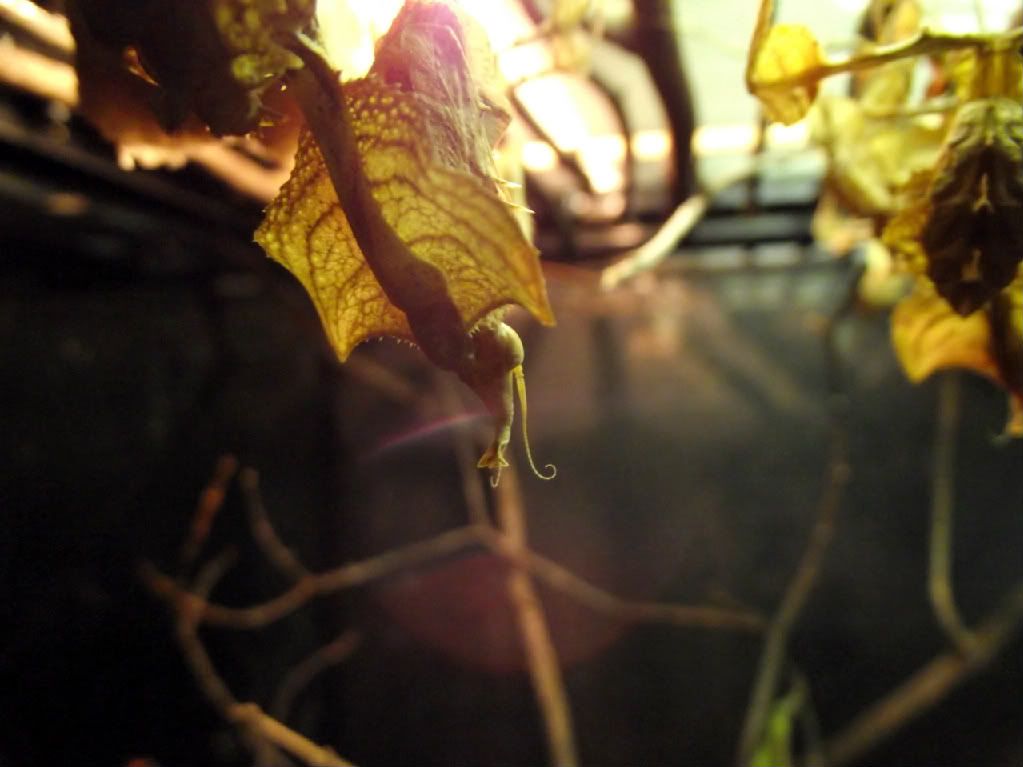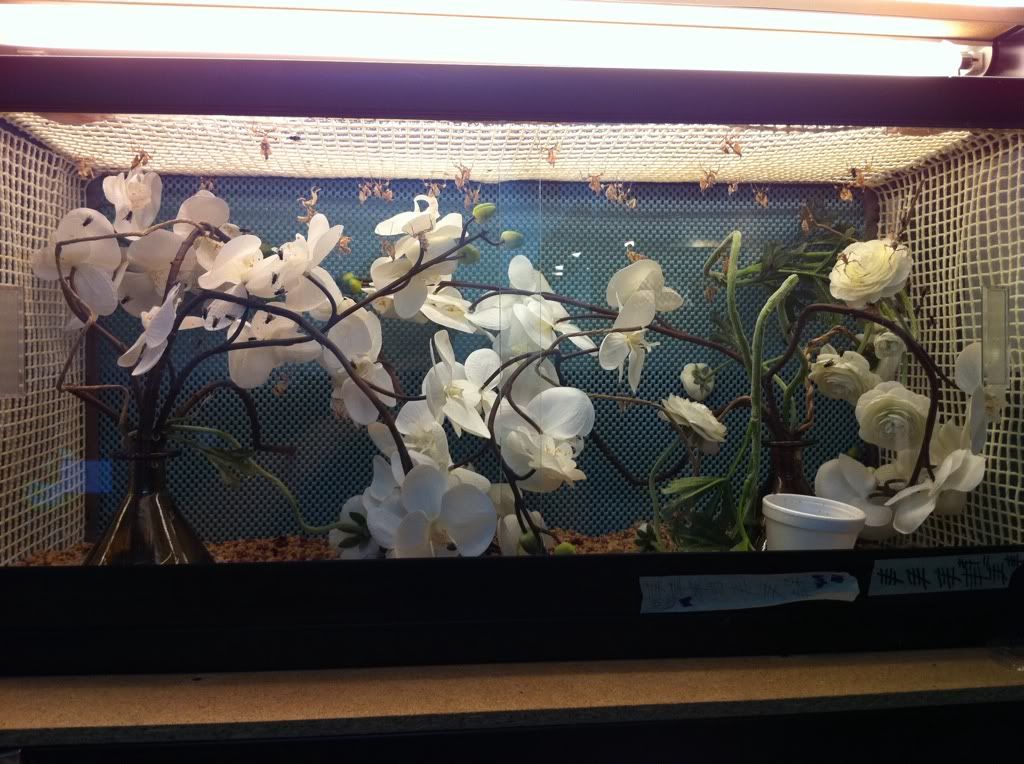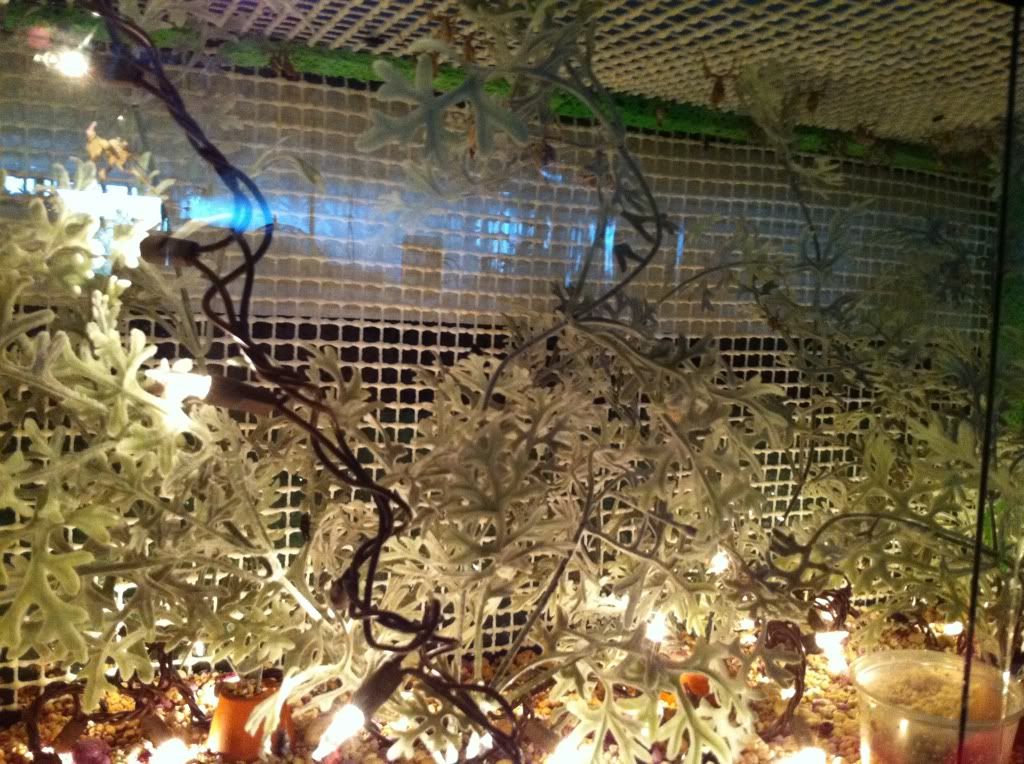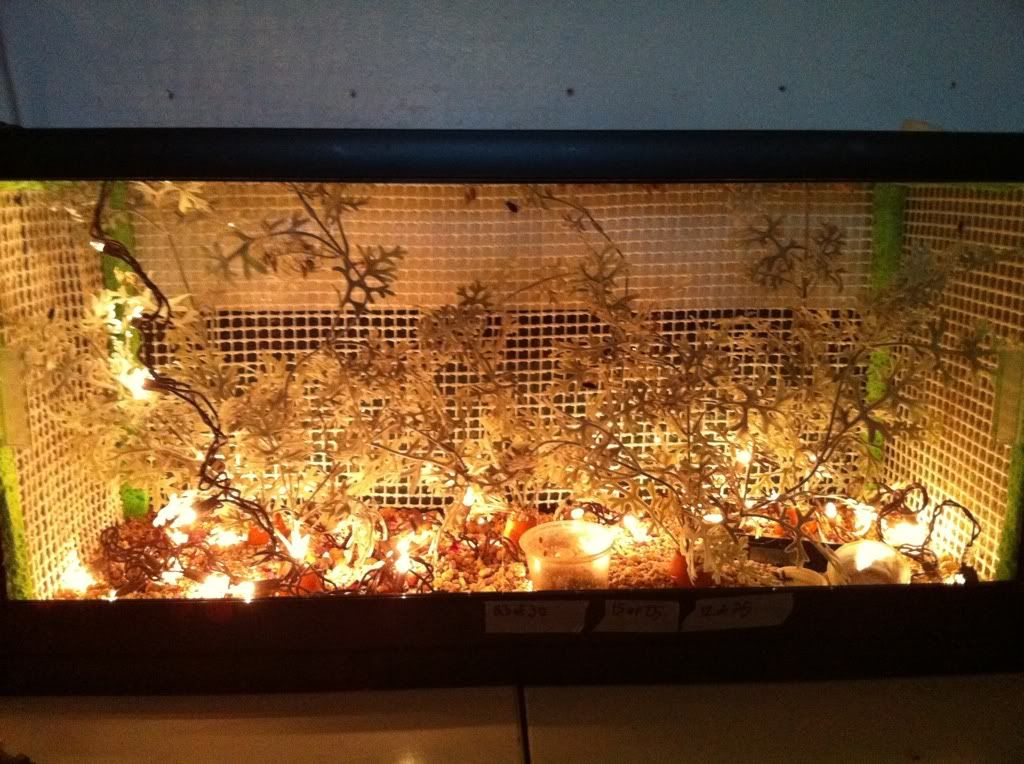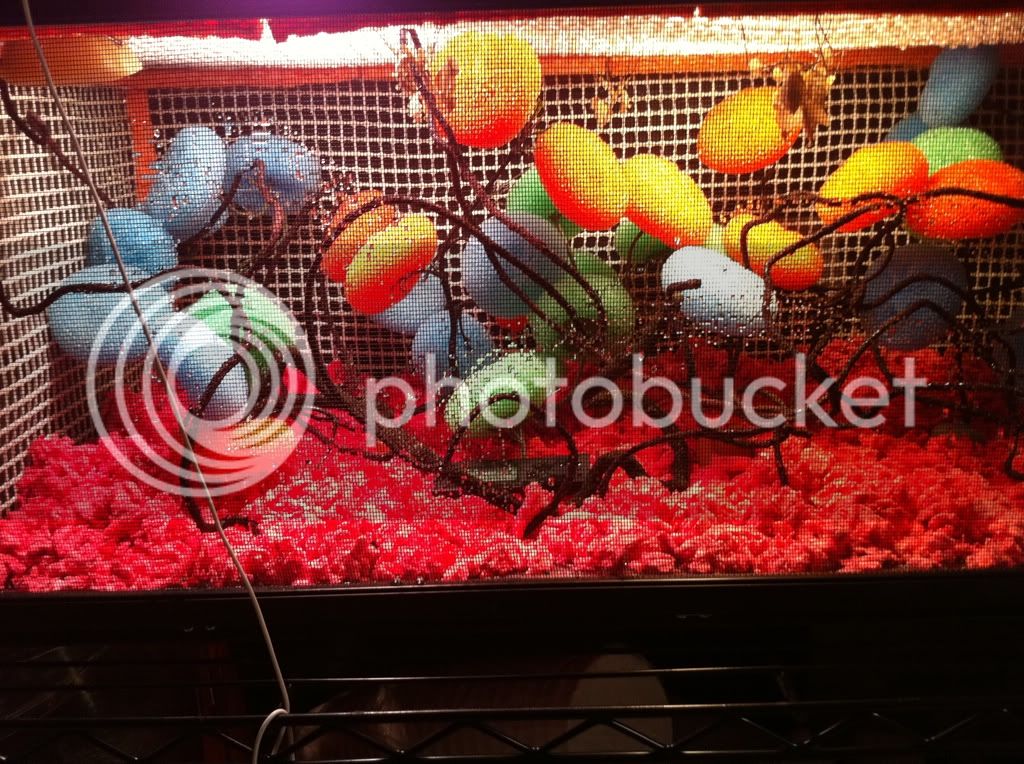Precarious
Well-known member
That equates to torture from my perspective. I would be willing to bet you get many deaths in that group due to stress. All living things need a light cycle. Without our circadian rhythm cued to a light cycle our health and development fails. I encourage you to discontinue this experiment as it amounts to animal cruelty.I'm also doing a sub-test on constant light. I've already botched it a bit, but I want to see if there are any differences in a group that never get's darkness. I suspect the day/night cycle isn't absolutely necessary.
...
Importance in animals
Circadian rhythmicity is present in the sleeping and feeding patterns of animals, including human beings. There are also clear patterns of core body temperature, brain wave activity, hormone production, cell regeneration and other biological activities. In addition, photoperiodism, the physiological reaction of organisms to the length of day or night, is vital to both plants and animals, and the circadian system plays a role in the measurement and interpretation of day length.
...
Freerunning organisms that normally have one or two consolidated sleep episodes will still have them when in an environment shielded from external cues, but the rhythm is, of course, not entrained to the 24-hour light–dark cycle in nature. The sleep–wake rhythm may, in these circumstances, become out of phase with other circadian or ultradian rhythms such as metabolic, hormonal, CNS electrical, or neurotransmitter rhythms.http://en.wikipedia.org/wiki/Circadian_rhythm#cite_note-17
...
Disruption
Disruption to rhythms usually has a negative effect. Many travellers have experienced the condition known as jet lag, with its associated symptoms of http://en.wikipedia.org/wiki/Fatigue_(physical)fatigue, disorientation and http://en.wikipedia.org/wiki/Insomniainsomnia.
A number of other disorders, for example http://en.wikipedia.org/wiki/Bipolar_disorderbipolar disorder and some http://en.wikipedia.org/wiki/Sleep_disordersleep disorders, are associated with irregular or pathological functioning of circadian rhythms. Recent research suggests that circadian rhythm disturbances found in http://en.wikipedia.org/wiki/Bipolar_disorderbipolar disorder are positively influenced by http://en.wikipedia.org/wiki/Lithium_pharmacologylithium's effect on clock genes.http://en.wikipedia.org/wiki/Circadian_rhythm#cite_note-54
Disruption to rhythms in the longer term is believed to have significant adverse health consequences on peripheral organs outside the brain, particularly in the development or exacerbation of cardiovascular disease. The suppression of melatonin production associated with the disruption of the circadian rhythm may increase the risk of developing cancer.[url=[/URL][URL="http://en.wikipedia.org/wiki/Circadian_rhythm"]#cite_note-56]
http://en.wikipedia.org/wiki/Circadian_rhythm



































